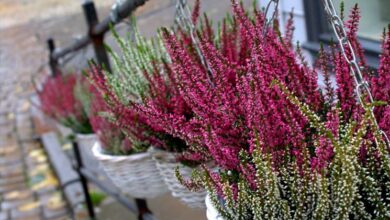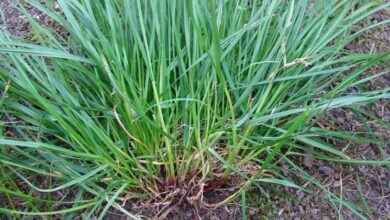Chincho (Tagetes elliptica)

The Tagetes elliptica also known as chincho or suyku is a plant native to the Andean region. Although it is little known worldwide, it is very popular among the inhabitants of the west coast of the American continent. The plant is used as an ingredient in typical recipes from the Andes such as pachamancas.
The chincho is also known as a medicinal plant since it has antioxidant components, vitamin C and flavonoids. Its appearance draws attention in gardening for its colorful yellow flowers. Other species of Tagetes are used effectively in landscaping.
Origin

This is a plant with therapeutic and culinary uses widely used in the Andean countries, especially Peru. Although it is known by the common names of culantrillo serrano, chincho, chinchu, sacha huacatay, maría sacha and suyku.
It owes its scientific name to James Smith. The name Tagetes refers to the god of Etruscan mythology assimilated by the Romans called Tages. Although the god was small and humble, he concealed great wisdom. In this way, Smith considers that although the plant is simple in appearance, it has many benefits.
Characteristics of the Tagetes elliptica plant
The physical appearance of the chincho is branched and straight stem with pinnate leaves, lanceolate in shape and with serrated edges of elliptical leaflets, hence its name with the epithet elliptical. It is classified as a very aromatic herbaceous plant. At the beginning they measure between 50 and 70 cm but they reach 2 meters without difficulty. There is a plant from the Tagete family known as huatacay, however its leaves are different and it has more flowers. Although the inflorescence of the elliptical is abundant and they are large flowers, they are also characterized by being edible and highly beneficial, and they also grow very well in the spring.
Cultivation and care
Being a plant native to the Andes, Tagete elliptica grows easily at 2700 meters above sea level. It is necessary to choose a well-drained soil. It reproduces excellently with seed, although it is recommended that when the plant is young and measures less than 50 centimeters, it is not directly exposed to the sun. Once it exceeds half a meter, solar radiation is no problem.
If it is going to be planted initially in pots, it is recommended to replant after five or eight weeks. The land or soil where it is planted can contain universal substrate or of any type even for indoor plants. The pH can be between 6 and 6.5. The temperature that these plants usually resist is between 8 to 10ºC at night and between 22 and 26ºC during the day.
Diseases
It is a very resistant plant and highly recommended as a biological agent against nematodes. Its leaves do not usually get sick or turn yellow. The plant decays after flowering and keeps fungi and insects like ants away.
However, it is not exempt from presenting some diseases such as Pythium, Alternaria and Botrytis. Among the pests we must take care of them from the red spider, the thrips, the whitefly, the miner and the caterpillars.
Uses and properties

The chincho is widely used in Peruvian gastronomy. Its characteristic aroma is a highly valued species like the huacatay. With it, a characteristic flavor is given to seasoned meats that are subsequently cooked in stone ovens. It also has an interesting medicinal use thanks to its essential oil. It is known for its antibacterial properties, being very effective against bacteria such as Escherichia coli. It is antifungal, that is, it prevents and relieves fungi. Women use it against the discomfort of menstruation.
As an ornamental plant, its most attractive season is between the spring and summer seasons. The plant in general is appreciated in urban gardens to keep insects and parasites away from other plants in the garden. This allows for better care of gardens and more organic products. On the other hand, its prolonged flowering allows you to enjoy a charming landscape.




